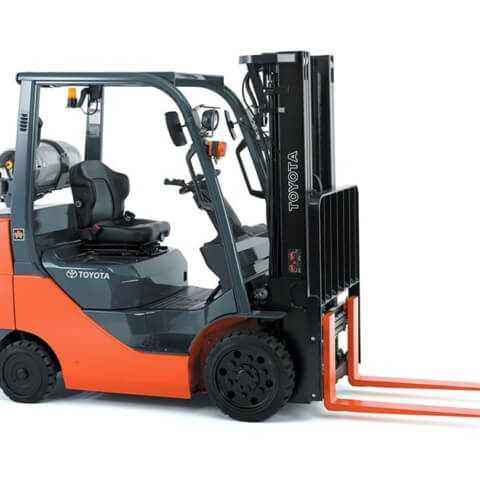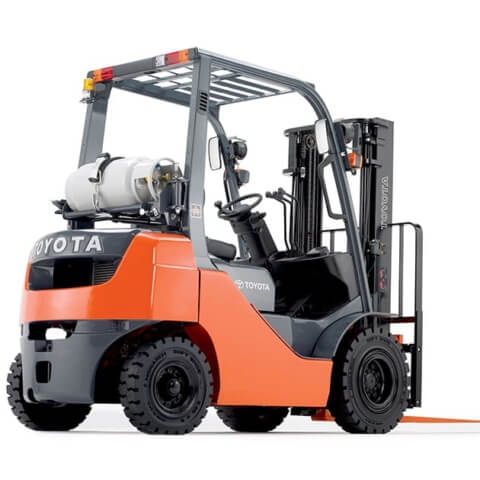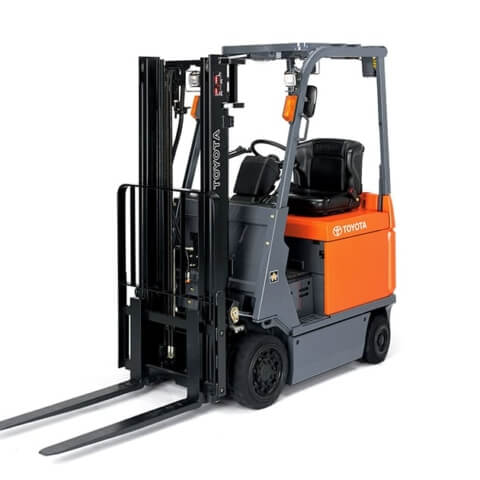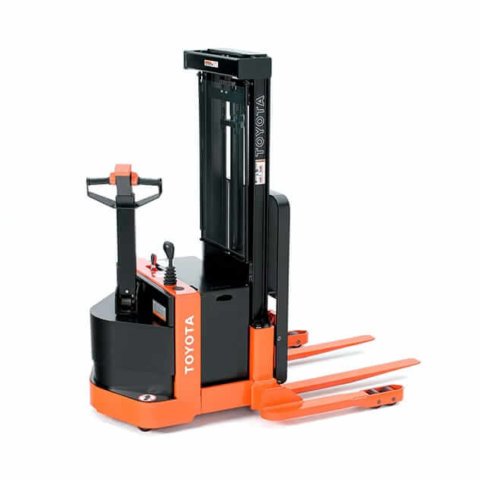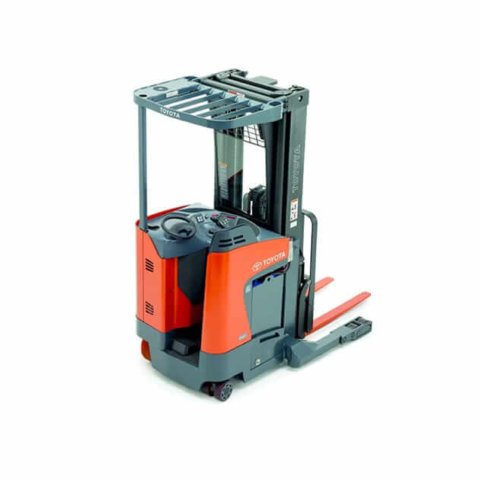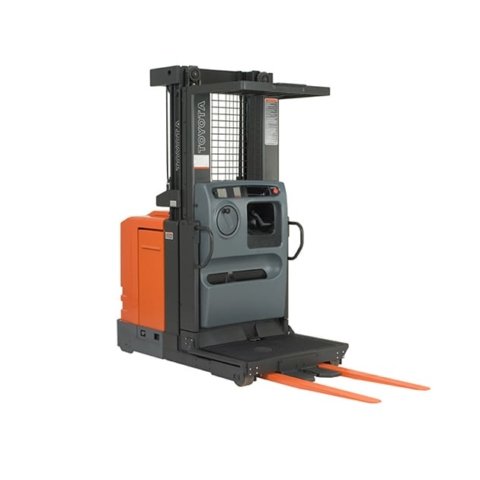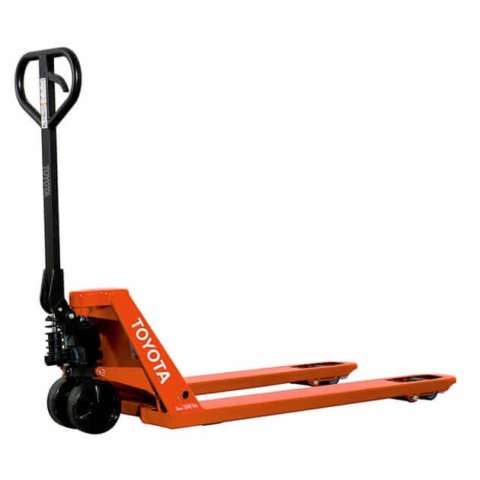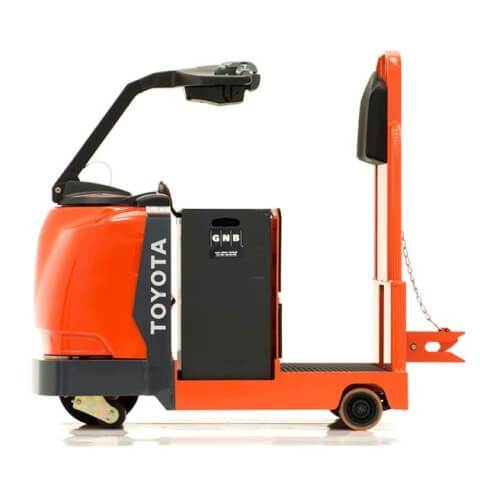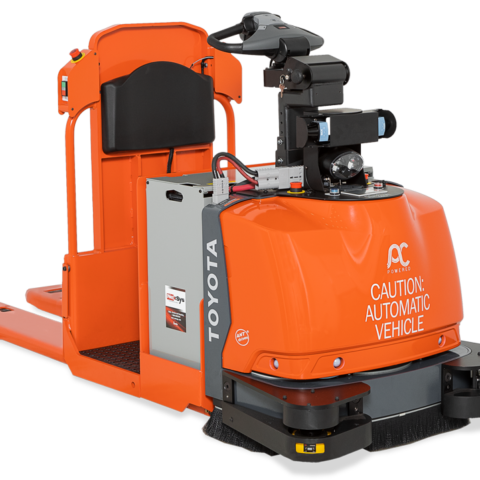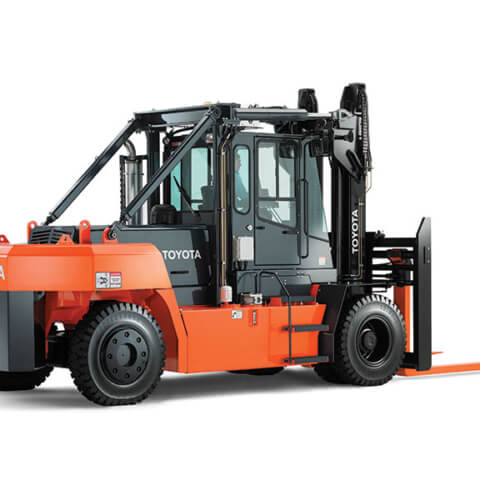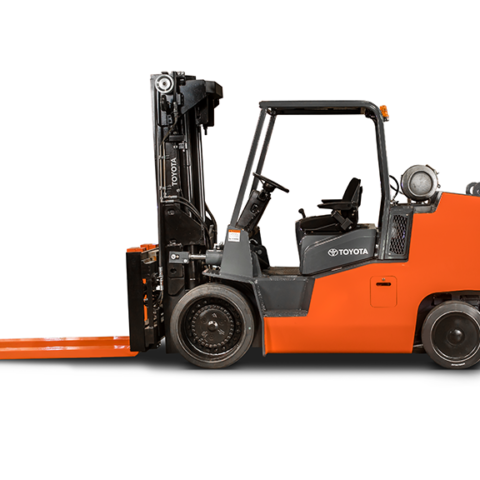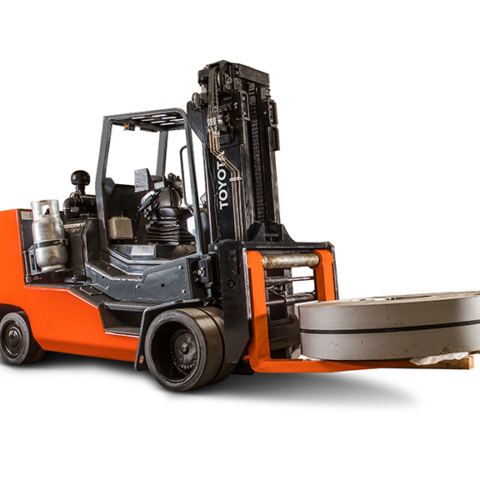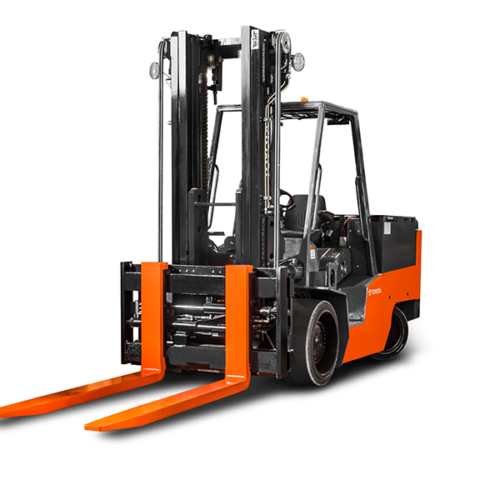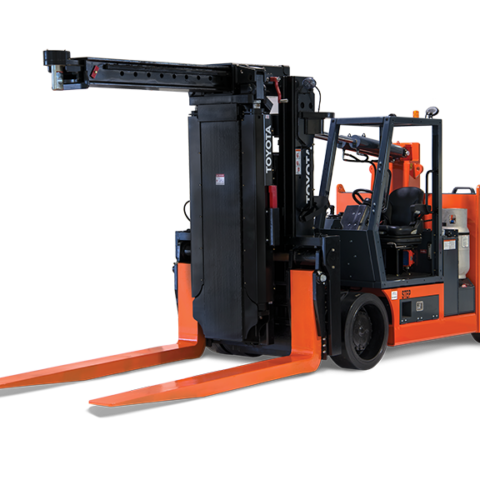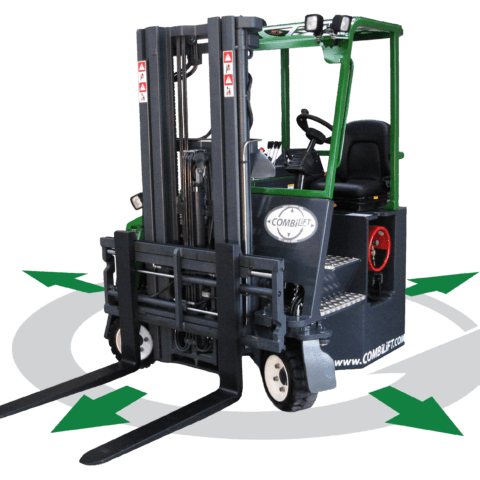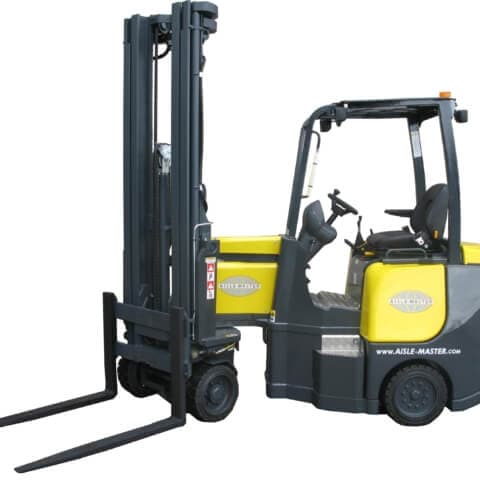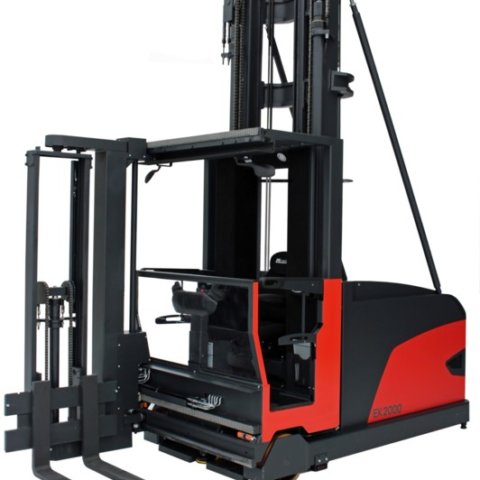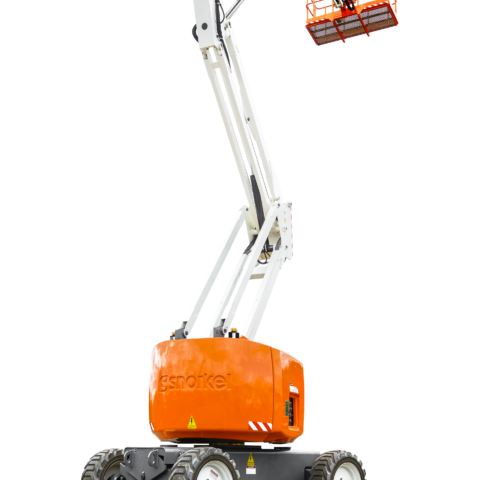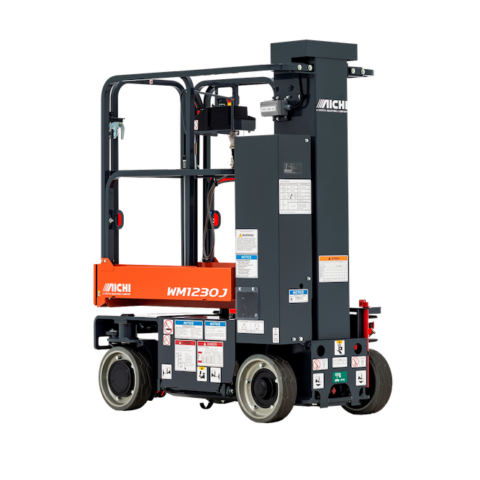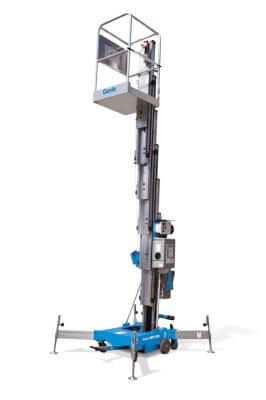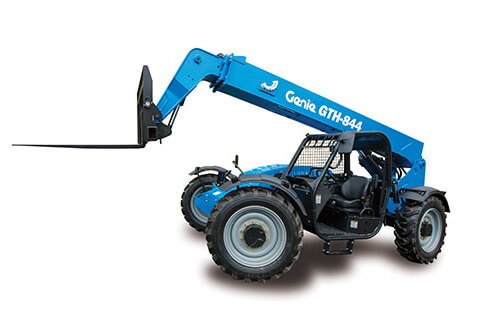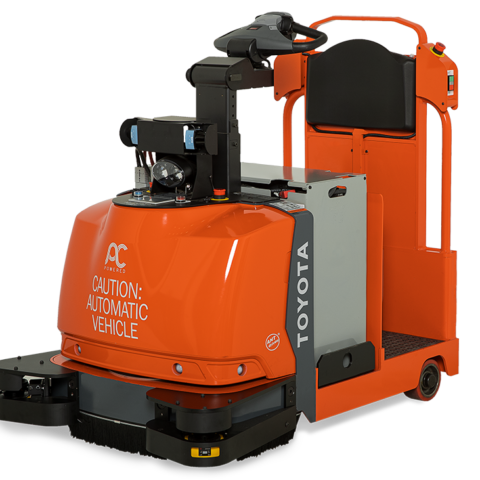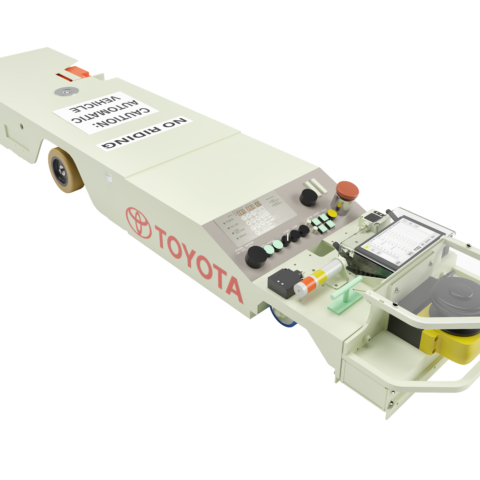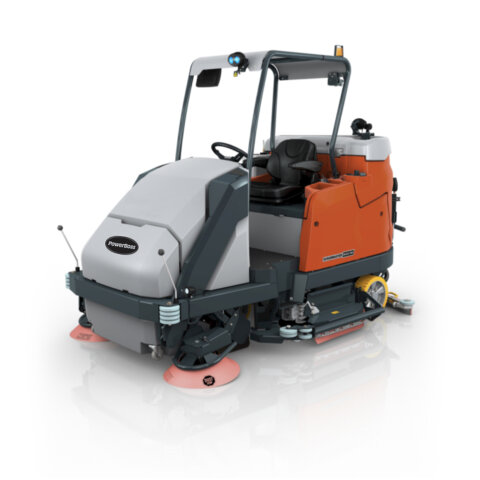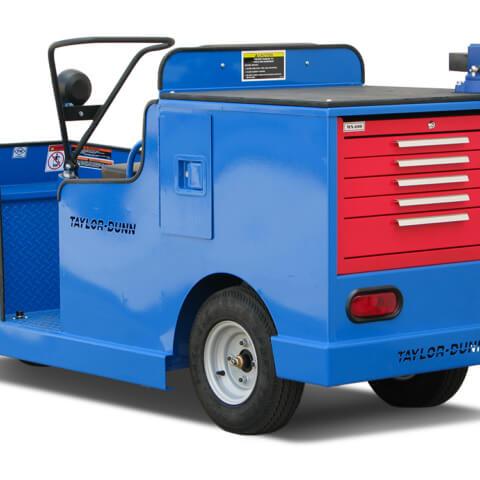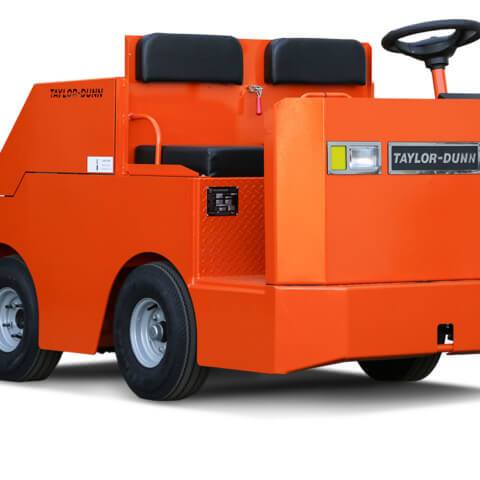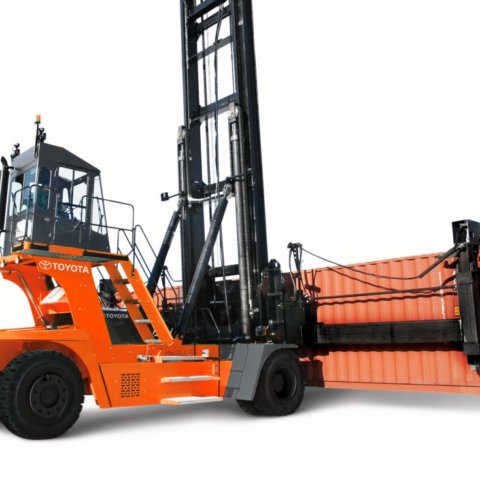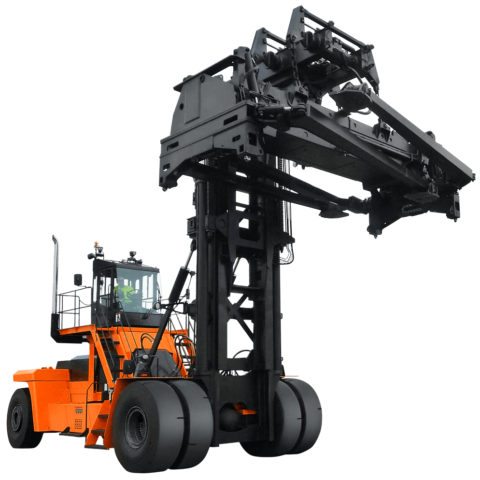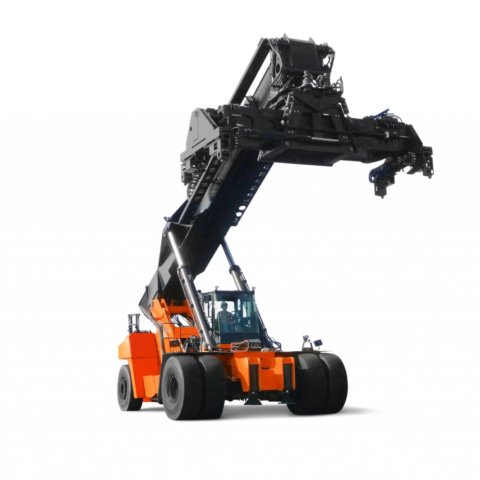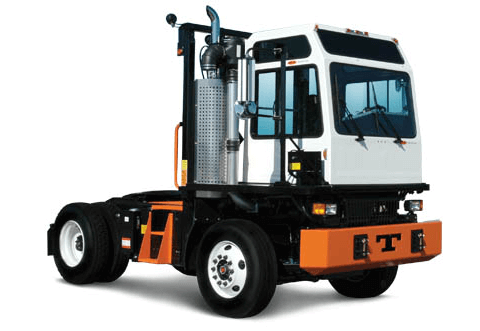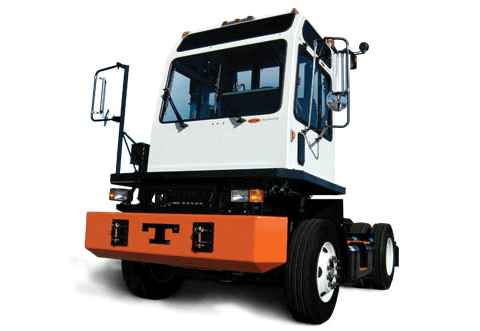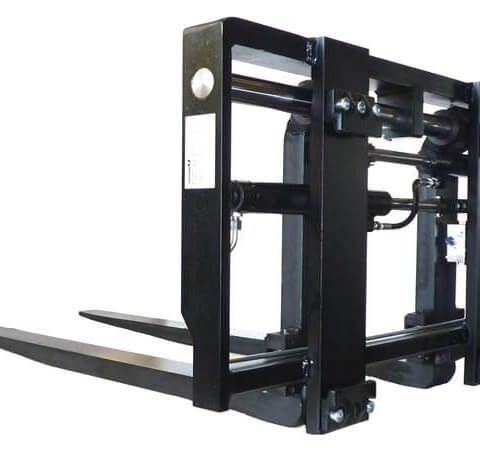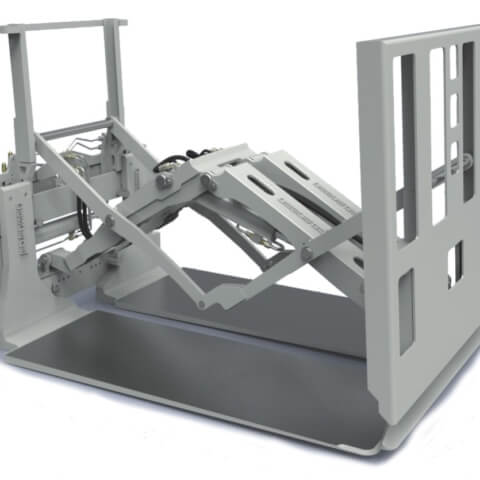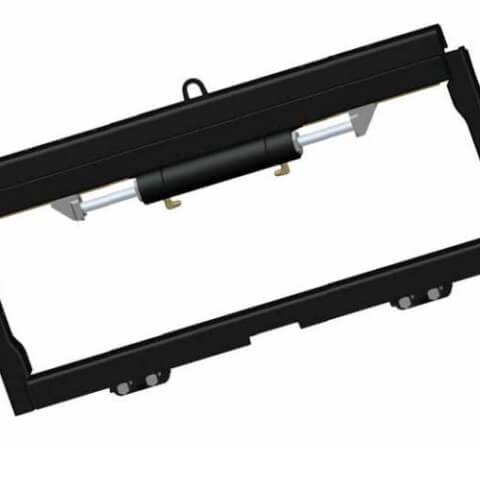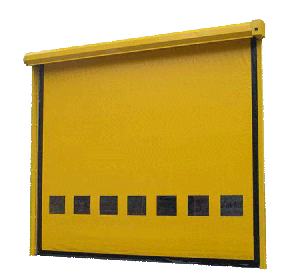
Understand pallet rack capacities to keep your employees & product safe. Contact our specialists for assistance! CONTACT PROLIFT
The primary purpose of warehouse pallet racking is to keep product off the ground, secure and easily accessible. However, we also rely on it to be durable because of its close proximity to warehouse employees and pedestrians. The pallet racking must be strategically selected and properly installed so that it isn’t vulnerable to collapse.
When determining pallet rack capacities, what factors should be considered?
Pallet Rack: Vertical Beam Spacing
Vertical beam spacing is the spacing at which capacity is determined or set. It is a major variable in the upright frame capacity, but is often overlooked. Typical spacing is 48”. This measurement can change depending on the load; however, product stored at beam spacing over 48” will decrease the upright frame capacity. It’s important to refer to the manufacturer guidelines. Exceeding the recommendation may collapse the racking. Uprights also vary in structure. While often 3”W, take note of its column depth and thickness or gauge of steel.
Pallet Rack: Beam Length
As a beam’s length increases, its capacity to store product decreases. Beam capacity is calculated as a pair; therefore, capacity accuracy requires the beams to be identical. Beam dimension will vary and should also be considered in the calculations.
Pallet Rack: Upright Frame Capacity
To learn the upright’s overall capacity, several specs in addition to those mentioned above must be known, including the weight of the beams, decking and other accessories. This capacity doesn’t change, regardless of the number of levels; therefore, as the pallet racking increases in height, the storage capacity of each level will decrease. This capacity should never be estimated and determined with a pallet racking professional.
Pallet Rack: Pallet Weight & Dimensions
To ensure excessive weight isn’t being placed on the pallet racking, the load’s weight must be factored. If the load sits on a pallet, its weight increases. For stability, pallets should be evenly distributed on the racking and the heaviest load should be closest to the floor.
Concerned about your pallet rack capacities? Our storage & handling specialists can answer your questions and address pallet racking stability and safety issues. Contact ProLift for a complimentary, onsite visit!
Schedule Visit
